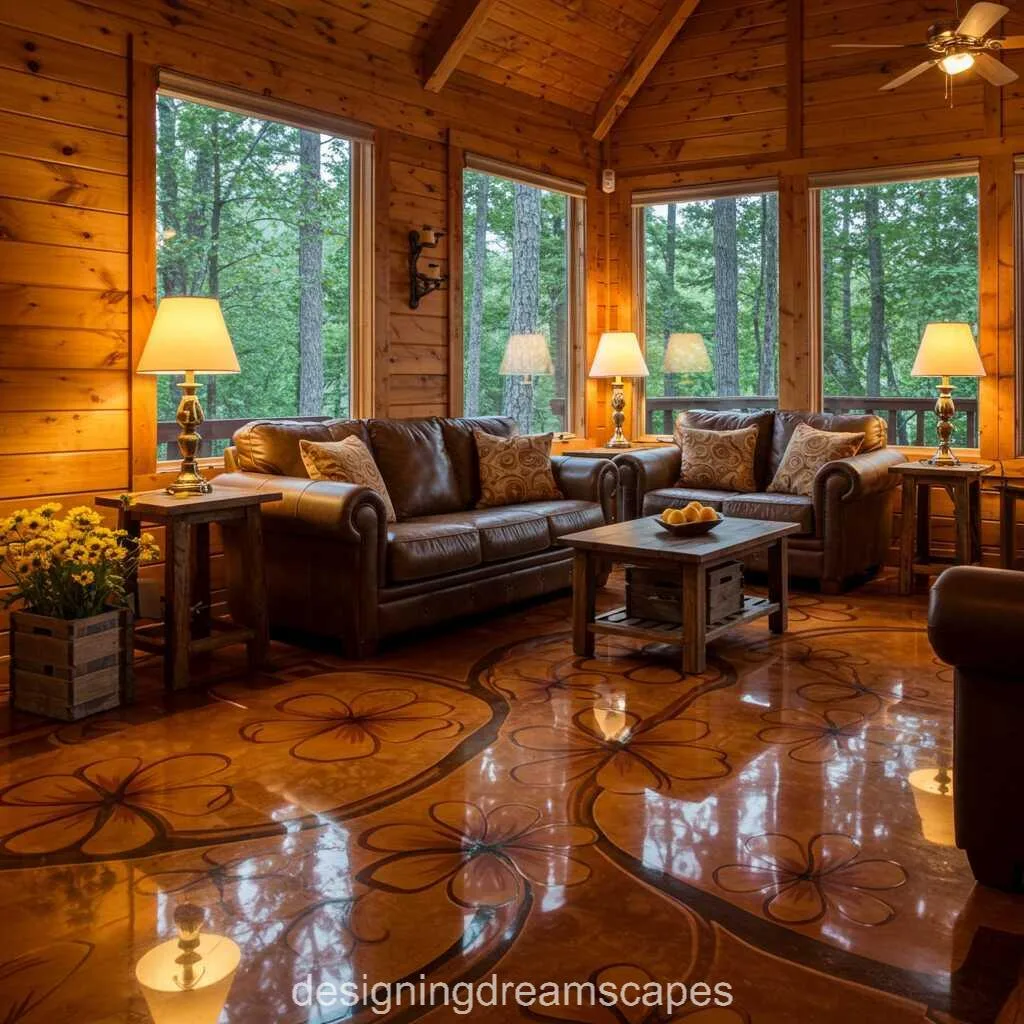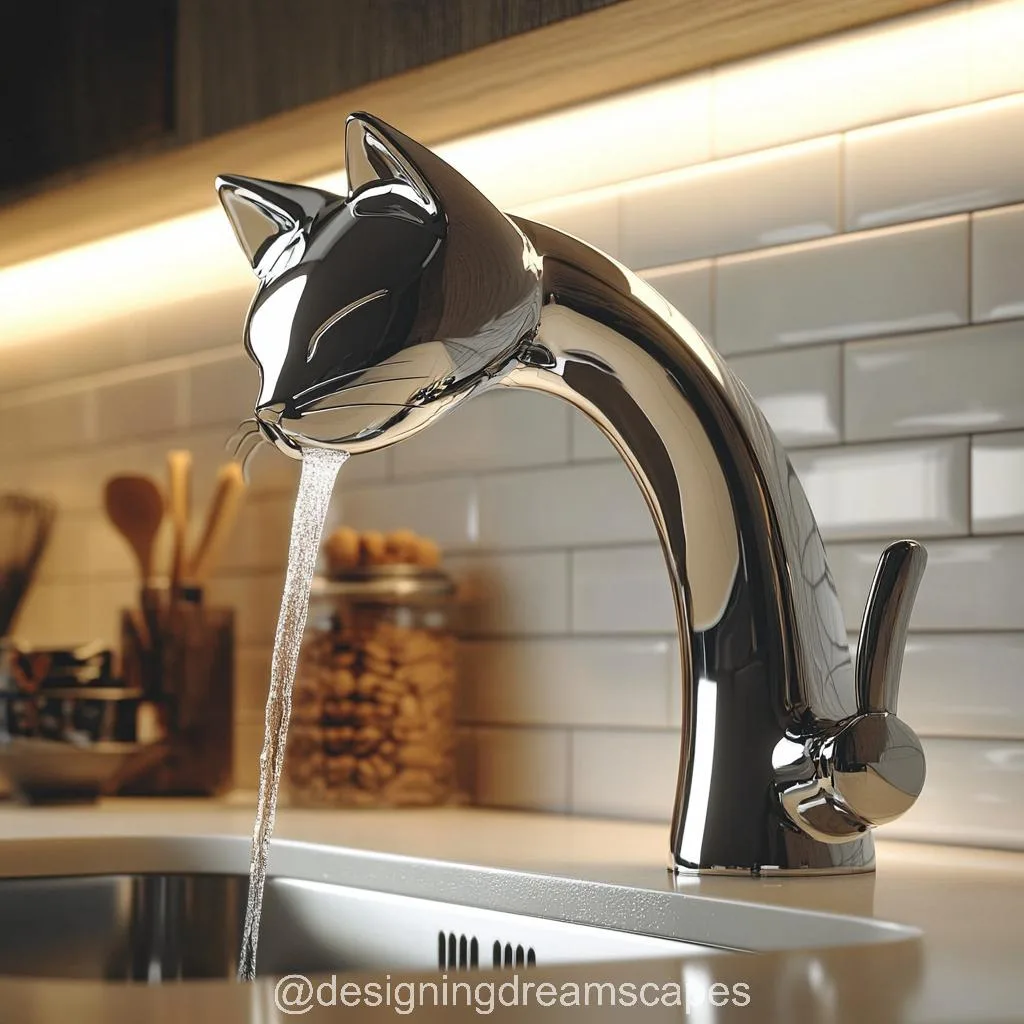In a world where design meets emotion, floral floor designs have emerged as a timeless bridge between nature and artistry. These captivating patterns, inspired by blooming gardens and the serene beauty of nature, are more than just decorative elements—they are stories woven into the very fabric of our living spaces. With roots in ancient traditions and a firm foothold in contemporary interior design, floral floor designs bring life, color, and a sense of calm into homes, commercial spaces, and public environments.
From intricately hand-painted tiles in Moroccan palaces to bold, modern floral epoxy floors in luxury hotels, this design form is evolving. It combines organic motifs with innovative materials to create a sensory experience that is both visual and emotional. This article explores the rich world of floral floor designs, how they represent the perfect harmony of art and nature, and why they continue to enchant designers and homeowners alike.
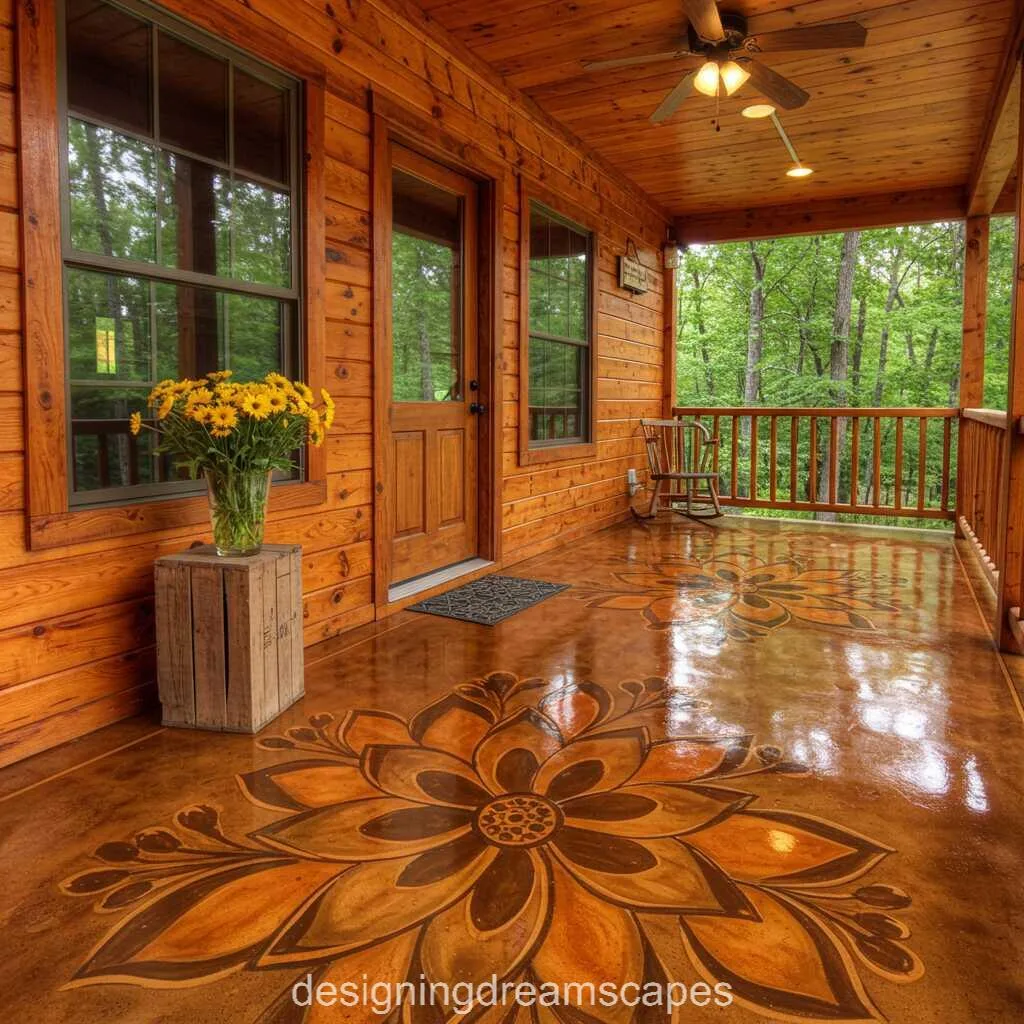
1. The Timeless Allure of Floral Motifs in Design
A Glimpse into History
Floral designs have adorned human creations for centuries—from ancient Roman mosaics to Persian rugs and Baroque ceiling paintings. Their presence on floors marked opulence, attention to detail, and a connection to the divine rhythms of the earth. Nature, with its inherent symmetry and spontaneity, became the muse of artisans across cultures.
In medieval Europe, floral tapestries were laid across stone floors of castles and churches to symbolize beauty and spiritual growth. In Asia, lotus motifs on temple floors represented purity and enlightenment. As the world moved forward, so did the interpretation and execution of floral patterns on flooring materials—from carved stone and marble inlays to painted ceramic tiles and, more recently, printed vinyl and epoxy floors.
The Symbolism Behind the Flowers
Each flower tells a story. Roses evoke romance, sunflowers bring cheer, and lilies suggest peace and renewal. Integrating these symbols into flooring isn’t just about aesthetic pleasure; it’s about channeling specific energies and moods into a space. Homeowners and designers often choose floral floor designs based on what they want to feel or communicate—whether that’s warmth, elegance, or a breath of freshness.
2. Modern Interpretations: Techniques and Materials
Floral Tile Floors
One of the most popular expressions of floral floor designs today is through ceramic and porcelain tiles. These tiles can feature anything from delicate watercolor-style blossoms to bold, graphic patterns. Some are digitally printed for precision, while others are still hand-painted, offering a truly artisanal touch.
In kitchens and bathrooms, floral tile floors can transform functional spaces into mini indoor gardens. The combination of clean lines with soft natural motifs adds an element of charm and creativity that artificial materials alone cannot achieve.
Floral Epoxy Flooring
Epoxy floors have brought a new dimension to floral design. These seamless, glossy surfaces can incorporate 3D floral images or actual dried flowers embedded in the resin. In salons, cafes, luxury boutiques, or even residential spaces, floral epoxy floors can create an immersive, magical environment that literally blossoms underfoot.
The durability of epoxy also makes it a favorite for high-traffic areas. Imagine walking across a floor that resembles a pond of cherry blossoms or a sprawling wildflower field—it’s both captivating and functional.
Floral Mosaic and Inlay Designs
Stone, marble, or wood inlays provide another avenue for floral design. While more traditional, these techniques offer a luxurious and bespoke feel. Skilled artisans can craft detailed floral patterns using contrasting materials, adding both texture and depth to the floor.
This form of floral floor design is often found in hotel lobbies, grand foyers, and upscale residences, where the flooring acts as a central feature—much like a living painting that anchors the entire space.

3. The Emotional and Psychological Impact of Floral Floor Designs
Bringing the Outside In
Biophilic design—the practice of connecting people to nature through built environments—is at the heart of floral floor designs. In urban settings, where greenery may be limited, floral floors help maintain a vital link to the natural world. This connection can reduce stress, increase creativity, and enhance emotional well-being.
People respond positively to nature-based visuals. Walking into a room with a floral floor can instantly uplift the mood, offering an oasis of calm and inspiration. Whether in a yoga studio, spa, or private bedroom, these designs work subtly to soothe the senses.
Creating Personalized Spaces
One of the most beautiful aspects of floral floor designs is their versatility. They can be tailored to reflect personal stories, preferences, and cultural heritage. A floor adorned with native wildflowers might evoke childhood memories, while exotic orchids could suggest an adventurous spirit.
For designers, this means the ability to create highly customized environments where the floor becomes more than a surface—it becomes a narrative. And for homeowners, it means living within a space that truly resonates with their identity.
4. Application in Different Spaces
Residential Interiors
In homes, floral floor designs can redefine the vibe of a space. A soft, pastel floral tile in the bathroom can turn a utilitarian space into a sanctuary. A bolder, oversized floral pattern in a living room can make a dramatic statement and become the focal point of the entire house.
Children’s rooms especially benefit from playful floral designs. These patterns foster a sense of imagination and joy. In contrast, mature floral motifs in neutral tones work beautifully in master bedrooms or formal dining areas, offering grace and elegance.
Commercial and Hospitality Spaces
Businesses are increasingly adopting floral floor designs to create memorable customer experiences. In boutique stores, they communicate sophistication and charm. In hotels and spas, they evoke calm and luxury. Even in corporate spaces, floral motifs are being used subtly in floor carpets or vinyl to soften sterile environments and add a creative flair.
These spaces benefit from the emotional resonance that floral floors bring—turning a visit into a sensory experience that lingers in memory.
Public and Cultural Spaces
Museums, art galleries, and event halls are also embracing floral floor designs. Sometimes inspired by local flora, these patterns can serve as both artistic expression and cultural homage. A public library might use a floral mosaic floor to honor the regional ecosystem, while a gallery might install a temporary floral floor installation as part of an exhibition.
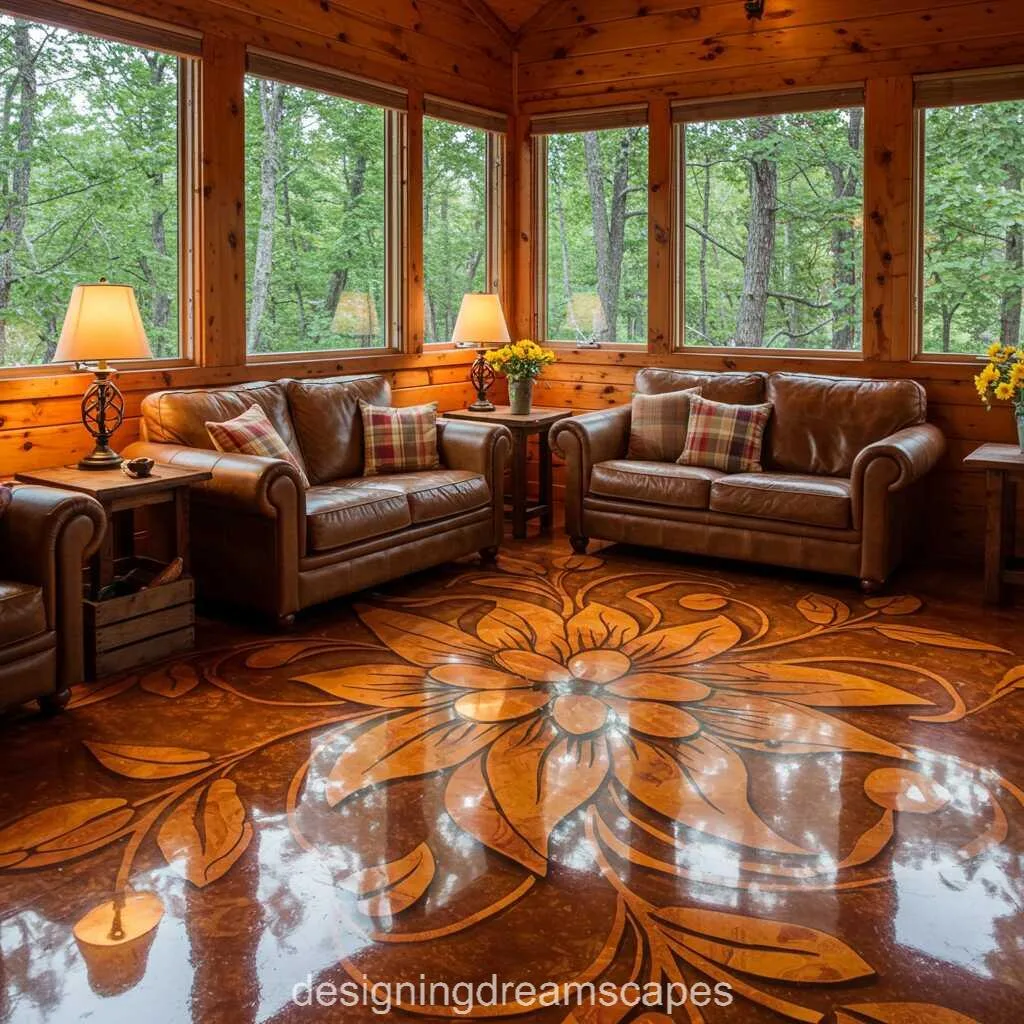
5. Trends and Innovation in Floral Floor Design
The Rise of 3D and Immersive Designs
With advancements in digital printing and resin technology, floral floors are becoming more immersive. Picture walking through a hallway that feels like a forest trail, with petals seemingly scattered beneath your feet. 3D visuals, coupled with lighting techniques, can make floral floors appear almost alive, enhancing the spatial experience in profound ways.
Sustainability in Materials
As environmental consciousness grows, sustainable materials are gaining ground in the floral flooring industry. Recycled tiles, low-VOC resins, and ethically sourced wood are being used to create eco-friendly floral floor designs. This movement further strengthens the bond between nature and design—honoring not just the aesthetic of nature but its preservation as well.
Cross-Disciplinary Collaborations
Artists, botanists, and architects are collaborating like never before to create floors that are both technically brilliant and botanically accurate. These collaborations are leading to floors that tell deeper stories—about ecosystems, endangered plants, or seasons of bloom. It’s where education meets elegance, making the design both functional and meaningful.
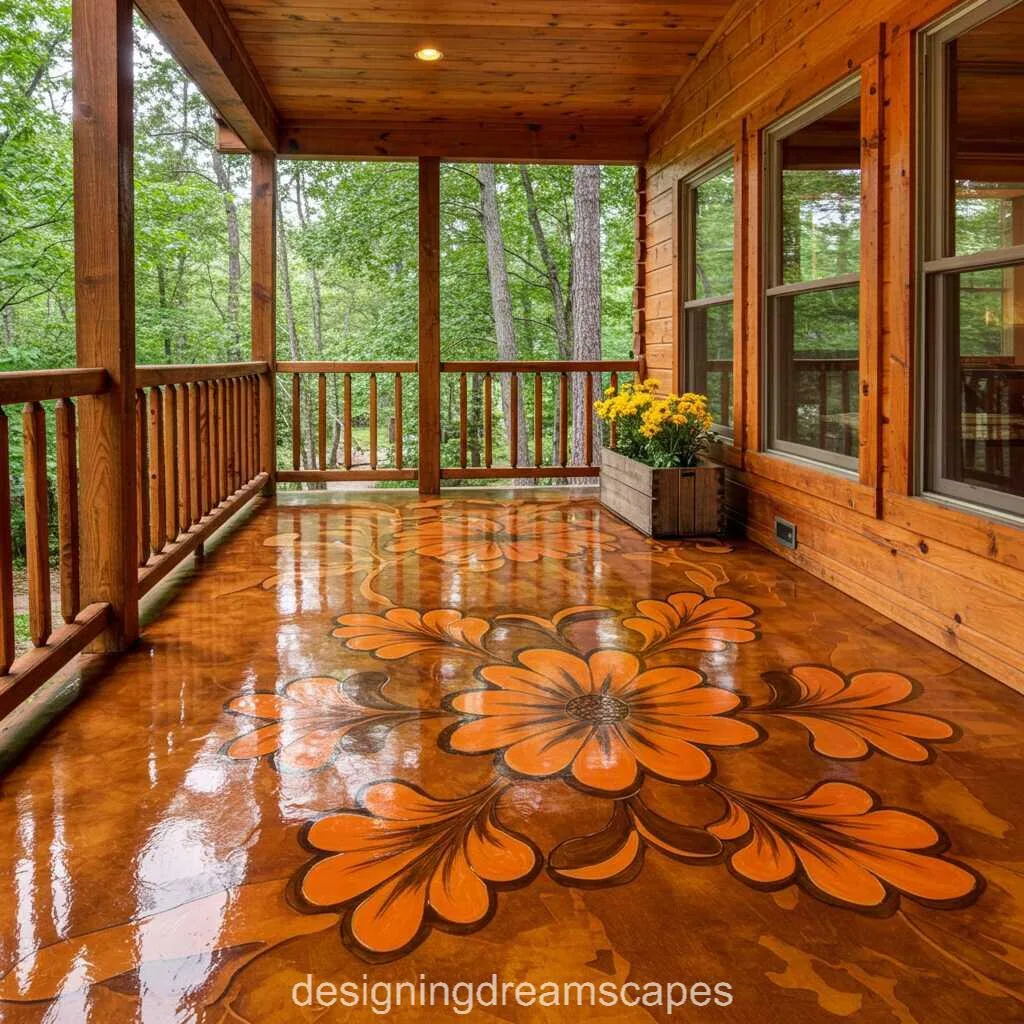
Conclusion
Floral floor designs are more than a fleeting trend—they are a celebration of life, beauty, and the unbreakable bond between humanity and nature. Whether traditional or modern, subtle or bold, these designs carry within them the spirit of the earth and the brush of the artist. They invite us to tread upon beauty, to walk daily among petals, vines, and leaves—reminders of growth, grace, and the art that nature itself inspires.
In a world constantly searching for harmony, floral floor designs offer a grounded yet transcendent experience. They transform spaces into sanctuaries, floors into fields, and steps into stories. As design continues to evolve, the union of nature and art through floral flooring will undoubtedly remain a cherished path—a place where every footstep blossoms with intention and emotion.

